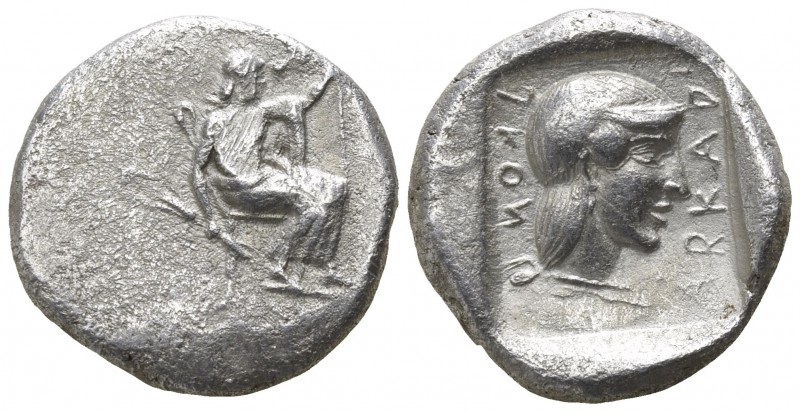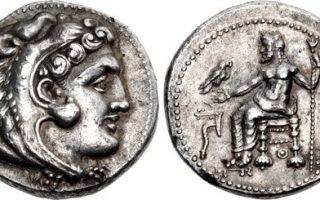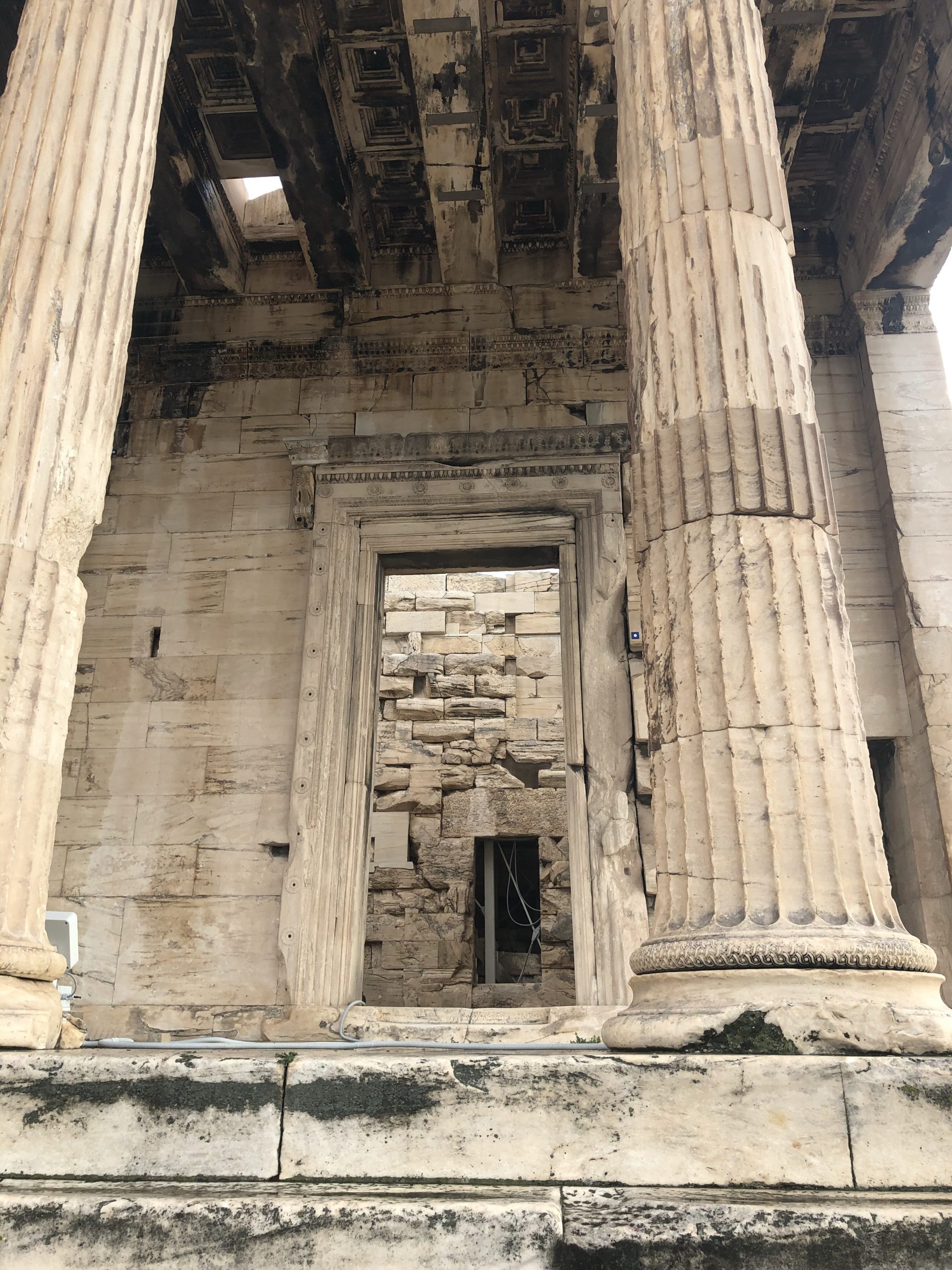Today, federal states are a popular form of government throughout the world. Some examples include the European Union or countries like Belgium, Canada, German and the United States. Within a federal state, different governments (federal and regional/local) interact with one another to ensure an optimal working of the federation. However, it is not always easy for these different levels to co-operate as their interests may be different at times. Moreover, as the troubles within the European Union haveshown, sometimes the members of these federal states do not get along. In this new series, I will be exploring some of these Greek federals states and today we start with the Arkadian Koinon.
In the fourth century BC, a unique experiment in federalism unfolded in ancient Greece with the creation of the Arkadian Koinon. The Arkadians, who had a rich history and strong sense of identity, established this federation around 370 BC. Little did they know that their endeavor, born out of the changing political landscape in the Peloponnese, would be characterized by both unity and dissension.
A Growing Arkadian Identity

Evidence of a budding Arkadian identity was visible even before the official formation of the koinon. Coins dating back to the fifth century BC bore the inscription AΡKAΔIKON, hinting at an emerging sense of Arkadian ethnicity. These coins, minted at different stages in various cities, implied a shared Arkadian feeling, even if there wasn’t a single unified state.
The seeds of the Arkadian Koinon were sown during a turbulent period in the Peloponnese. After the Spartan defeat at Leuktra in 371 BC, Arkadia and its cities began to regain control over the region. In this context, Mantinea peacefully reinstated its democracy, taking advantage of the autonomy guaranteed by the Common Peace of 371.
Meanwhile, in Tegea, two factions vied for control of the city. One of these factions leaned towards establishing a pan-Arkadian organization with common rules for all member cities. It’s worth noting that the Arkadian Koinon’s inception can be traced back to these internal power struggles.
Foundation and Structure of the Arkadian Koinon
 Xenophon, an ancient historian, documented the events surrounding the koinon’s establishment, highlighting the influential role of Lykomedes in its foundation. Despite being mistakenly referred to as a Tegean by Diodorus, Lykomedes played a pivotal part in this joint effort of Tegea and Mantinea. His involvement in the federation extended to his service as its general and his efforts in instilling a sense of ethnic pride among the Arkadians in 369 BC.
Xenophon, an ancient historian, documented the events surrounding the koinon’s establishment, highlighting the influential role of Lykomedes in its foundation. Despite being mistakenly referred to as a Tegean by Diodorus, Lykomedes played a pivotal part in this joint effort of Tegea and Mantinea. His involvement in the federation extended to his service as its general and his efforts in instilling a sense of ethnic pride among the Arkadians in 369 BC.
The Arkadian Koinon’s formation, however, did not imply complete unity among the Arkadian cities. Some cities willingly joined, while others required coercion. Notably, several non-Arkadian cities previously under Elis’ control became part of the koinon.
Democracy and Foreign Policy

The Arkadian Koinon adopted a democratic structure. Its assembly, known as the Myrioi, was open to all citizens and played a central role in decision-making. The assembly was responsible for appointing magistrates, granting honors, and shaping the federation’s foreign policy through alliances and embassies. The koinon had a range of magistrates, including a general group known as archontes, as well as up to fifty federal damiorgoi (whose exact function varies) and a federal strategos, who led the federation and its army.
The foreign policy of the Arkadian Koinon was heavily influenced by its opposition to Sparta. This stemmed from Sparta’s support for oligarchic regimes in the Peloponnese, a policy that the Arkadians actively resisted. In addition to its anti-Spartan stance, the Arkadian Koinon had a strong focus on maintaining independence. This emphasis was evident in their reluctance to rely too heavily on powerful allies such as Thebes.
Internal Conflict and the Battle of Mantinea
The Arkadian Koinon enjoyed initial success, actively challenging Sparta alongside its allies. However, internal disputes arose, particularly regarding the financing of the eparitoi through Olympic funds and the replacement of eparitoi members with oligarchs. These disputes led to a schism within the federation.
The schism ultimately culminated in the Battle of Mantinea in 362 BC. The battle was not merely a consequence of financial disputes but was deeply rooted in the political and ideological differences that had long existed among the Arkadian cities.
The Arkadian Koinon’s rise and fall provide a captivating glimpse into the complexities of ancient Greek politics. It serves as a historical lesson on the delicate balance between cooperation, independence, and the impact of external influences on regional governance.
Further reading:
Close, E. (2018), Megalopolis and the Achaian koinon : local identity and the federal state.
Nielsen, T. H. (2015), ‘The Arkadian Confederacy’ in H. Beck and P. Funke (ed.), Federalism in Greek Antiquity, 250-268.
Nielsen, T. H. (2002), Arkadia and its Poleis in the Archaic and Classical Periods, Göttingen.
Roy, J. (1971), ‘Arcadia and Boeotia in Peloponnesian Affairs, 370-362 B.C.’, Historia: Zeitschrift für Alte Geschichte 20.5/6, 569-599.




